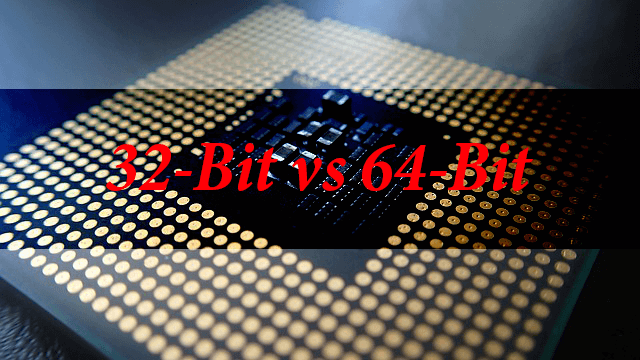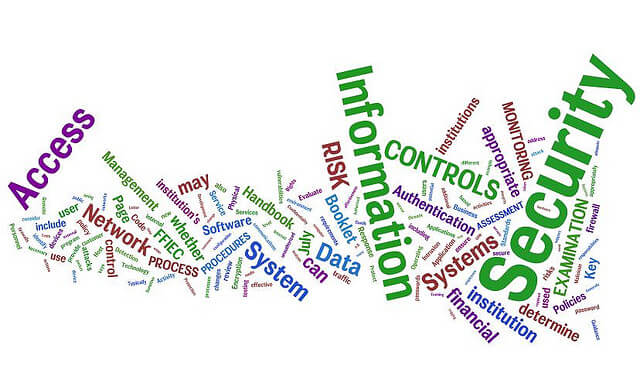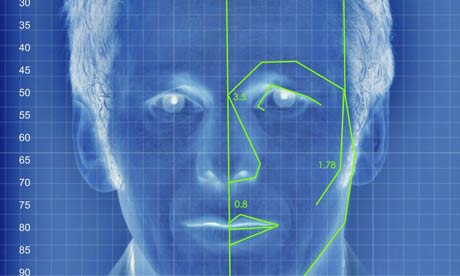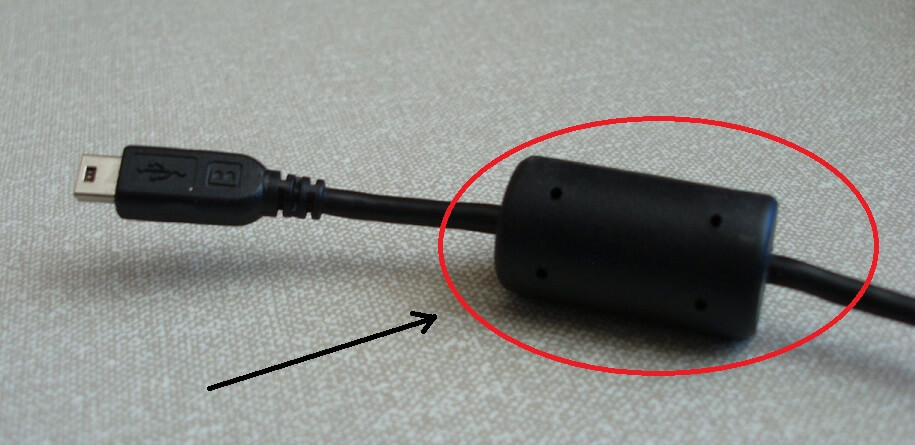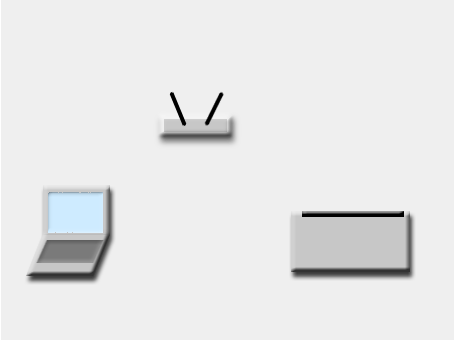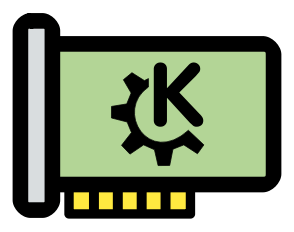In our earlier article we have talked on the differences between 32 bit and 64 bit computers. If you have missed it you can go back and check it out from here.
Are in any doubt about which architecture your computer is running on? Open Control Panel and then click on System and Security. You can find a list most commonly starting with the Action Center (particularly in Win 8). Among them will be the System option, where you can get information about your computer, from RAM to processor speed.
On going through the differences between a 32-bit and 64-bit computers you must have understood how better a system running on 64-bit OS is better than a 32 bit OS system. But, that’s not the end of the discussion. The 64 bit OS has its share of drawbacks as well, though comparatively lower than the 32 bit OS. In this article we help you recollect several advantages without leaving out their negative shade.
Advantages of 64 bit Computers
More RAM More Speed:
The best thing about the 64 bit architecture is that you can rock more RAM, crossing the limited 4GB of RAM in 32 bit computers. At present the maximum sized RAM module available in the market can work with your 64 bit computer.
Also Read: How to increase the speed of your computer
Theoretically, the 64 bit architecture can hold a little over a mammoth 17 billion GB of RAM. But due to licensing issues modern day Windows Computers can hold a maximum of only 192 GB of RAM.
The Efficiency Skies High As Well:
Its not just the RAM thing, but the overall efficiency of all the processes only gets better. Have just updated your computer to the 64 bit architecture? Then great! there’s no better time to feel how better computing experience the 64 bit architecture gives.
This is particularly because of the 64 bit addressing scheme. Here entire RAM is used and burden on system memory eases off. Hence only doubling your RAM will make you feel way more than just that, and its’ all because of the efficiency factor.
The Advanced Security Is The Killer Deal:
If the ability to rock more RAM or the heightened system efficiency wont turn you on, this might just do it. Yeah, your 64 bit processor protects you much better than the 32 bit. This is the main reason why more systems running on 32 bit are affected than the 64 bit ones.
The additional security features simply pays off. The hardware D.E.P and the Kernel Patch Protection protect the boot sector, which has become the more targeted zone in computers these days. Also the acceptance of only the digitally signed device drivers means that almost 0% driver-related infections can be achieved, which by the way is the biggest bonus.
Also Read: Increase the security of your computer using facial recognition
64 Bit Computers – Those Little Downsides
It does look amazing, isn’t it? But this is not it yet! The 64 bit architecture carries with it few disadvantages as well.
Finding Device Drivers Is A Pain:
We talked about the additional security benefits earlier isn’t it? Then here’s the drawback of this. Suppose if you have some device which you have purchased some years ago and want to use it now in your 64 bit computers, you have got a real problem mate. This is because finding the device drivers isn’t easy.
If it is just a small device, you bought around 2005 or something, its better you purchase something new. If at all the device is a really big hardware you wouldn’t want to throw away, unfortunately you have got no options left but to move onto a newer one.
This being the main bottleneck, there are several others similar. There are chances your motherboard, although supports a 64 bit processor, wouldn’t allow more than 4GBs of RAM. Sometimes the problem could be from the software. The 64 bit architecture doesn’t support software based on the earlier architectural schemes. Then all you can do is find an upgrade for that software or consider using something else, its not so good to say so, but there’s just no option left for you.
Also Read: What to do if your computer is running really slow
